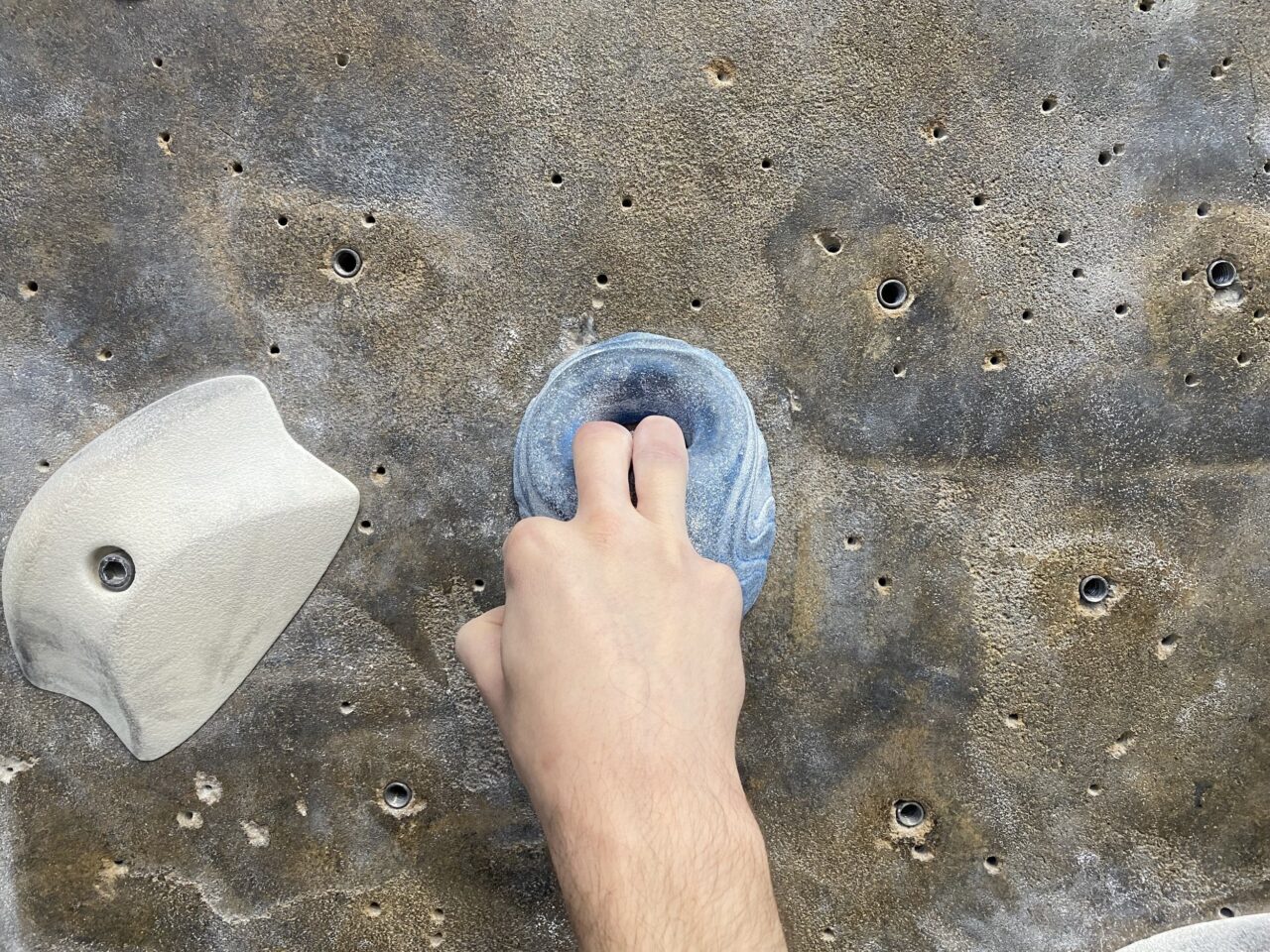Climbing is a demanding sport that requires exceptional grip strength and finger dexterity. Because of this, climbers are at risk of developing finger injuries, including lumbrical strains, which can significantly affect their climbing ability. In this article, we will explore the biomechanics of lumbrical strain in climbing, its etiology, and management strategies.
The lumbricals are small intrinsic hand muscles that play a crucial role in flexing the metacarpophalangeal (MCP) and extending the interphalangeal (IP) joints. Lumbricals have a bipennate structure, where the muscle fibers attach to the extensor tendon of one finger and the flexor tendons of two fingers. In climbing, lumbricals in the 4th and 5th digits are particularly vulnerable to strain due to the biomechanics of finger placement on pockets. The 3rd and 4th fingers remain in an extended position, while the 2nd and 5th fingers flex, leading to increased stress on the 4th lumbrical.
Lumbricals also play a crucial role in proprioception by sensing the position of the fingers and adjusting the grip force accordingly. A lumbrical injury can thus lead to impaired proprioception, leading to difficulties in gripping and climbing.
Clinical presentation of lumbrical strain is characterized by pain in the palm of the hand, particularly in the pocket position, and the diagnosis can be confirmed by physical examination.
Preventative measures for lumbrical strain in climbing involve protecting the hands and fingers from excessive stress. This includes avoiding rapid increases in training volume or intensity and avoiding pulling hard on pockets until you’ve built up your pocket strength. Adequate warm-up before climbing and grip-strengthening exercises such as hangboarding can improve lumbrical strength and capacity, leading to decreased risk of injury.
Management strategies for lumbrical strain involve relative rest, buddy taping of the 4th and 5th fingers, light hangboarding prescribed by a physical therapist, finger dexterity exercises, and a gradual return to climbing.
In conclusion, lumbrical strain is a biomechanically unique injury common to climbers. Early diagnosis and management are crucial in restoring hand function and ensuring a speedy return to climbing.
If you’re a rock climber experiencing ankle pain, schedule an appointment with a rock climbing specialist at Mend. We have locations in Boulder and Lafayette, Colorado. Many physicians, surgeons, and physical therapists do not understand the sport of rock climbing and may give incorrect or ill-advised advice on whether or not to return to climbing. The rock climbing specialists and Mend understand the sport and know when and how to safely return to rock climbing.

